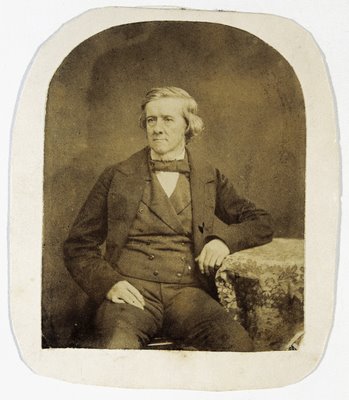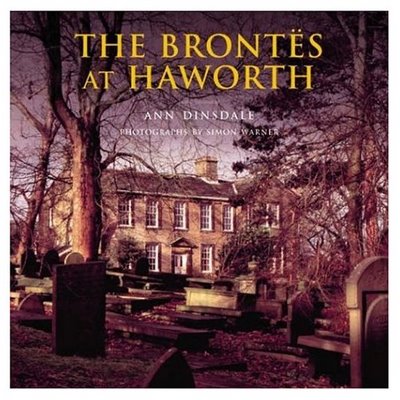Parsonage Librarian Ann Dinsdale is on BBC Radio 4 tomorrow (Thursday 16 November) at 1.30pm. The following is an extract from the Open Country preview page -
Most of us know the Upper Worth Valley because of the work of a remarkable family – Charlotte, Anne and Emily – better known as the Brontës. Their novels and poetry has helped shaped people’s ideas of what this valley was like, and has drawn people to The Old Parsonage Museum where the family lived in Haworth. Richard chats with Ann Dinsdale, the museum’s librarian, who’s just published a book about the family called “The Brontës at Haworth.”
Next, Richard climbs to the top of a ridge to get an overview of the Upper Worth Valley with topographer Reg Hindley. Geology, poltics, economics and social upheaval had all had an effect on the look of the valley. According to Reg, each colour on the patchwork quilt of farms and moorland that can be seen is the result of some sort of change. And the landscape is still changing today.
You can read the rest on http://www.bbc.co.uk/radio4/factual/opencountry.shtml
Most of us know the Upper Worth Valley because of the work of a remarkable family – Charlotte, Anne and Emily – better known as the Brontës. Their novels and poetry has helped shaped people’s ideas of what this valley was like, and has drawn people to The Old Parsonage Museum where the family lived in Haworth. Richard chats with Ann Dinsdale, the museum’s librarian, who’s just published a book about the family called “The Brontës at Haworth.”
Next, Richard climbs to the top of a ridge to get an overview of the Upper Worth Valley with topographer Reg Hindley. Geology, poltics, economics and social upheaval had all had an effect on the look of the valley. According to Reg, each colour on the patchwork quilt of farms and moorland that can be seen is the result of some sort of change. And the landscape is still changing today.
You can read the rest on http://www.bbc.co.uk/radio4/factual/opencountry.shtml





